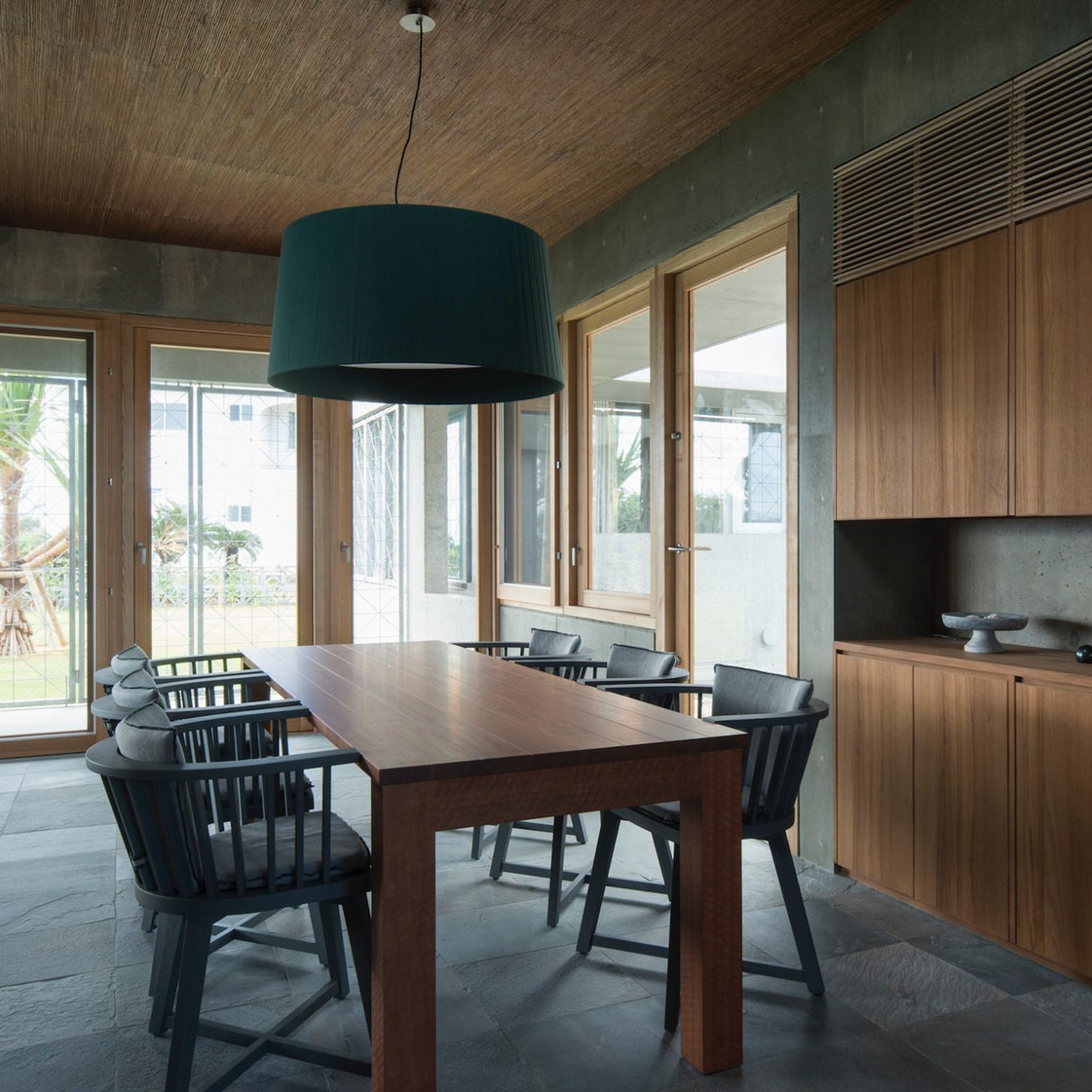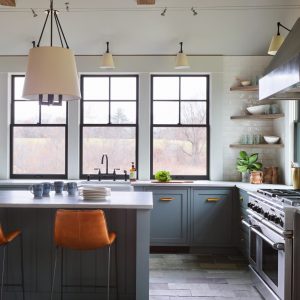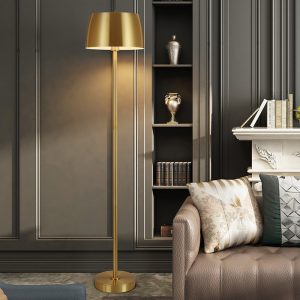
Woven Illumination: The Mesmerizing Charm of Woven Lights
Introduction
Lights and lighting fixtures have been essential components of human habitats since ancient times. From flickering candles to modern LED bulbs, the evolution of lighting technology has been remarkable. Woven lights are a unique type of lighting that are both functional and aesthetically intriguing. These lights add a bit of whimsy and texture to any space, offering an elegant and understated visual appeal that is quite distinct from conventional fixtures. In this article, we will explore the art and science of woven lights, including their history, design, construction, and applications.
History of Woven Lights
Woven lights have a rich history that dates back centuries. The technique of weaving lights involves interlacing strips of natural or synthetic fibers to create a structure that can hold a light source. Throughout history, various cultures have used woven lights for different purposes, including religious ceremonies, domestic lighting, and artistic expression.
In ancient China, for instance, silk was woven into intricate lanterns that were hung in palace gardens and public spaces. These lanterns had elaborate designs and bright colors that glowed in the dark, creating a mystical and enchanting ambiance. Similarly, in medieval Europe, woven lights were made of wicker, a flexible material that could be shaped into different forms. These lights were used to decorate churches and homes, adding warmth and radiance to the cold and dimly lit interiors.
In recent times, woven lights have gained popularity as a contemporary form of lighting that combines traditional weaving techniques with modern materials and aesthetics. Today, woven lights can be found in various forms, including pendant lights, table lamps, wall sconces, and floor lamps. They are favored by designers and homeowners who want to add a touch of natural beauty and charm to their spaces.
Design and Construction of Woven Lights
The design and construction of woven lights is a complex and intricate process that requires a combination of technical skill and artistic sensibility. To create woven lights, the first step is to choose the type of fiber or material that will be woven. Common materials include wicker, bamboo, rattan, paper, leather, wool, and synthetic fibers such as nylon or polyester.
Once the material is selected, it is woven together to form a structure that can hold a light source. The weaving process can be done by hand, using traditional techniques such as macrame or basket weaving, or by machine, using computer-controlled looms that can produce complex patterns and shapes.
After the weaving is complete, the light source is added to the structure. This can be a bulb, LED strip, or other type of lighting technology. The wiring and electrical components are installed inside the structure, ensuring that the light is safe and functional.
Applications of Woven Lights
Woven lights are versatile and can be used in a variety of settings, from a rustic cabin to a modern apartment. They can add warmth, texture, and depth to any space, creating a cozy and inviting atmosphere. Some popular applications of woven lights include:
1. Pendant Lights
Pendant lights are hanging lights that are suspended from the ceiling. Woven pendant lights can add a touch of nature to any room, and are ideal for a dining table, kitchen counter, or living room.
2. Table Lamps
Table lamps are small lamps that sit on a table or desk. Woven table lamps can add a decorative element to a home office, bedroom, or living room, and can be used to create a cozy reading nook.
3. Wall Sconces
Wall sconces are lighting fixtures that are attached to the wall. Woven wall sconces can be used to create an accent wall, adding a burst of texture and color to a room.
4. Floor Lamps
Floor lamps are tall lamps that stand on the floor. Woven floor lamps can add height and drama to a room, and can be used to create a focal point in a living room or bedroom.


